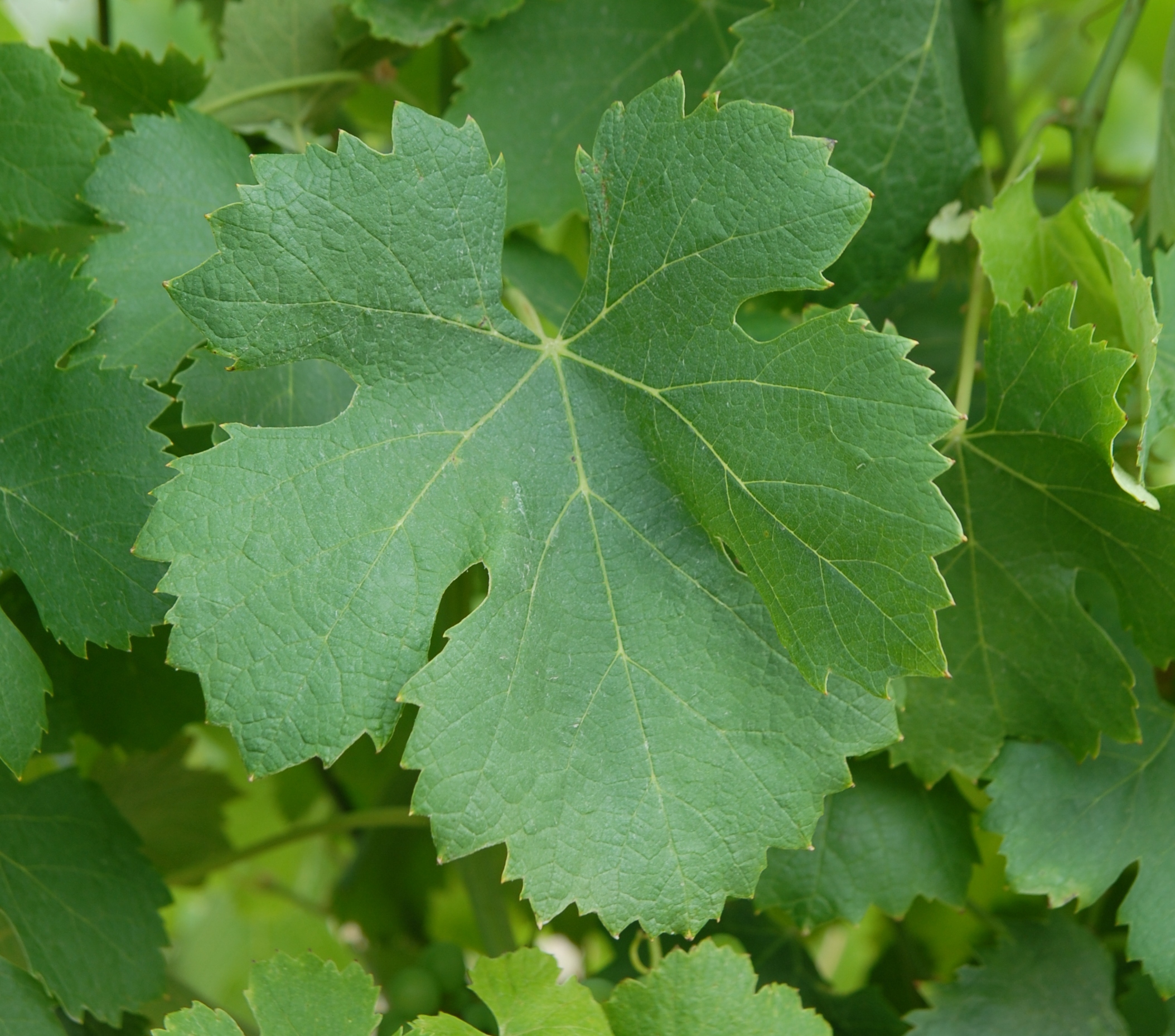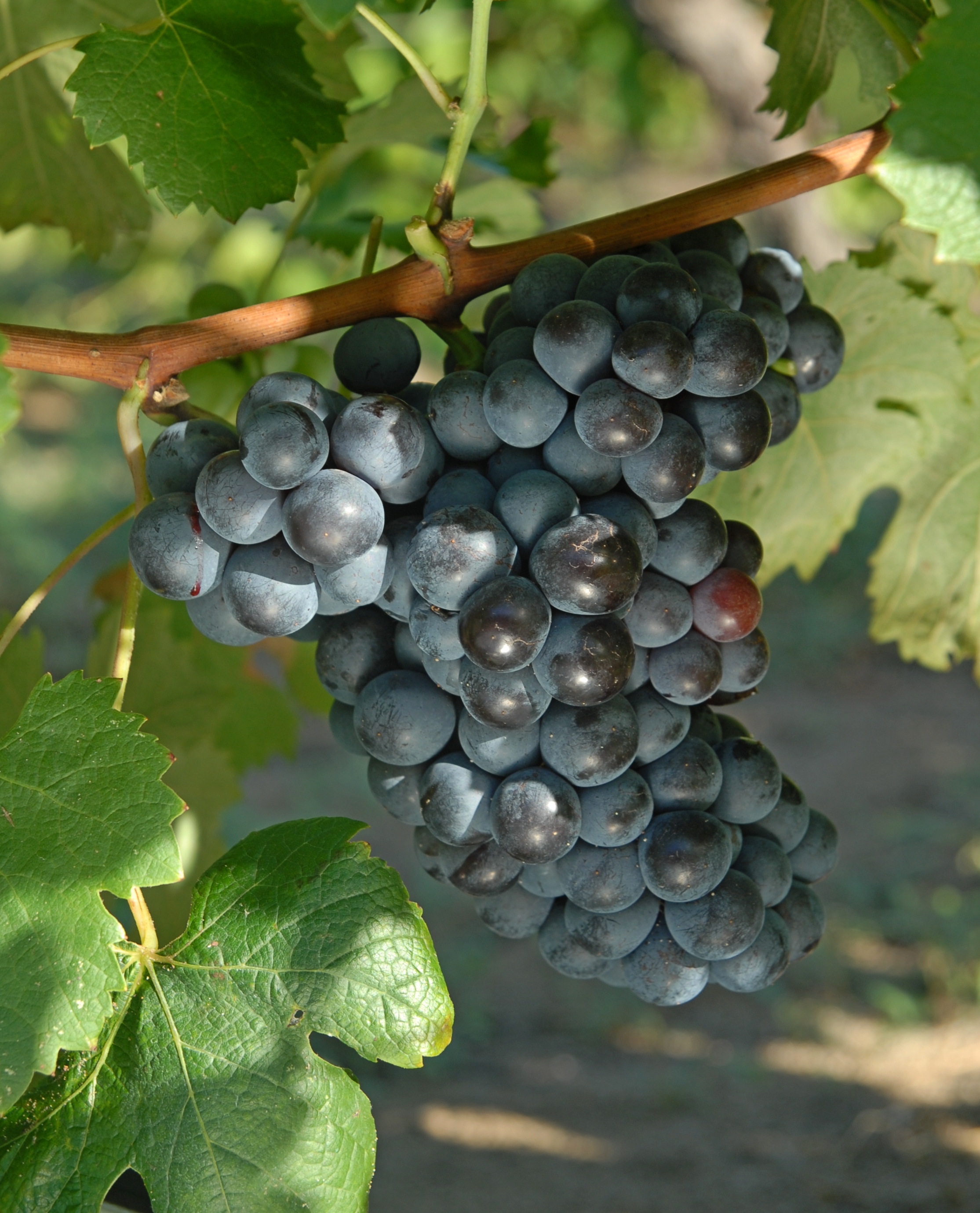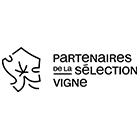Hibou noir
N
Wine grape variety.
The geographical origin of the variety is specified or, if this is not possible, the area in which it is traditionally cultivated. The genetic origin of the variety is also indicated whenever it is known from hybridiser data or from genetic analyses published or obtained by the teams at INRAE in Montpellier (UMR AGAP) and Vassal-Montpellier Grapevine Biological Resources Centre (CRB-Vigne).
Hibou noir is originally from the French department of Savoie. It does not correspond to the black version of Hibou blanc. This variety would be related to Cacaboué, Freisa and Rèze.
This information indicates the normal and statutory use for the grapes.
Wine grape variety.
Name under which the variety is officially registered in the catalogue of grapevine varieties in France and under which it may be propagated and disseminated.
Hibou noir
Recognised alternative names that may be used to identify the propagation material of the variety in France or in other member countries of the European Union.
In Italy, Hibou noir is officially designated as "Avanà". This synonym is officially recognized in France regarding plant propagation material.
This information indicates on which list the variety is registered (A or B), whether it is classified for wine grapes, and in which member countries of the European Union the variety is also officially registered (for more information, see the "Legislation" menu.
In France, Hibou noir is officially listed in the "Catalogue of vine varieties" since 2016 on the A list and classified. This variety is also listed in the catalogue of Italy.
Evolution of cultivated areas in France
The figures provided are taken from vineyard land registers (IVCC, ONIVIT, ONIVINS), general agricultural censuses (SCEES-INSEE) and the current computerised vineyard register (DGDDI, FAM).
Regional vine planting data is available on the following site: https://visionet.franceagrimer.fr/Pages/DonneesInteractivesDocs.aspx?sousmenu=observatoire%20de%20la%20viticulture.
The figures provided are taken from vineyard land registers (IVCC, ONIVIT, ONIVINS), general agricultural censuses (SCEES-INSEE) and the current computerised vineyard register (DGDDI, FAM). Regional vine planting data is available on the following site: https://visionet.franceagrimer.fr/Pages/DonneesInteractivesDocs.aspx?sousmenu=observatoire%20de%20la%20viticulture.
Year |
ha |
|
|---|---|---|
|
2018 |
0 |


Only the principal ampelographic elements enabling the varieties to be characterised and identified are provided. They are presented according to the descriptor code recognised by the International Organisation of Vine and Wine (OIV), the International Union for the Protection of New Varieties of Plants (UPOV), the Community Plant Variety Office (OCVV) and Bioversity International (for more information, see the "Ampelographic glossary" menu). The photographs of leaves and grapes were taken in natural conditions, on the vine, in very similar situations in terms of growing conditions (sandy soil, Mediterranean coast): - Domaine de l'Espiguette (IFV), Le Grau du Roi (Gard), - Domaine de Vassal (INRAE), Marseillan (Hérault), - La Gaillarde Campus (Institut Agro | Montpellier SupAgro), Montpellier (Hérault). Only a few photographs, including the tips of bunches, were taken in other conditions.
- the white tip of the young shoot with a high density of prostrate hairs and a piping distribution of anthocyanin coloration,
- the green yellow young leaves with a medium density of prostrate hairs,
- the shoots that are sometimes fasciated, with green or slightly red-striped internodes,
- the circular, sometimes a litte bit wide, adult leaves, entire or with three or five lobes, with an open petiole sinus, a weak anthocyanin coloration of veins, erect hairs on the petiole, a revolute, slightly blistered, sometimes slightly goffered leaf blade, and on the lower side of the leaves, a low to medium density of erect and prostrate hairs,
- the round-shaped or slightly ovoid berries that can remain a little red when fully ripe.
Genetic profile
The genetic profile of the variety is provided for the 9 microsatellite markers (or SSR markers) selected under the European programme GrapeGen06 (http://www.eu-vitis.de/index.php) and by the OIV. The absolute size values of the alleles may vary slightly from one laboratory to another, but the relative differences between the two alleles of one single microsatellite are constant. The genetic analyses were conducted by the INRAE Montpellier team (UMR AGAP) and the IFV’s Plant Material Centre.
| Microsatellite | VRZAG62 | VRZAG79 | VVMD25 | VVMD27 | VVMD28 | VVMD32 | VVMD5 | VVMD7 | VVS2 |
|---|---|---|---|---|---|---|---|---|---|
|
Allele 1 |
194 |
240 |
238 |
182 |
243 |
261 |
223 |
247 |
131 |
|
Allele 2 |
194 |
244 |
256 |
182 |
243 |
271 |
223 |
247 |
153 |
The data on suitability are the result of field observations or, if none are available, of bibliography mining and the study of bibliographic references.
Hibou noir is vigorous and productive but it can produce irregular yields. This variety has a semi-erect bearing. The average rank of the first inflorescence on the shoot is usually fairly high.
These remarks are also the result of field observations or, if none are available, of bibliography mining and study of bibliographic references.
Hibou noir is rather rustic, it is not very sensitive to cryptogamic diseases. It is however susceptible to bud mite disease.
The size of grape clusters and berries indicated are based on the following scales: - Wine grape varieties Size : Very small Bunch (g) : ≤ 100 Berry (g) : 1 - Table grape varieties Bunch (g) : 150 Berry (g) : 2 - Wine grape varieties Size : Small Bunch (g) : 100 - 200 Berry (g) : 1,5 - 2 - Table grape varieties Bunch (g) : 150 - 250 Berry (g) : 2 - 3,5 - Wine grape varieties Size : Moderate Bunch (g) : 200 - 250 Berry (g) : 2 - 2,5 - Table grape varieties Bunch (g) : 250 - 400 Berry (g) : 3,5 - 5,5 - Wine grape varieties Size : Large Bunch (g) : 250 - 400 Berry (g) : 2,5 - 3,5 - Table grape varieties Bunch (g) : 400 - 700 Berry (g) : 5,5 - 8 - Wine grape varieties Size : Very large Bunch (g) : 400 Berry (g) : 3,5 - Table grape varieties Bunch (g) : 700 Berry (g) : 8 Remarks concerning the characteristics of the wines are generally based on tastings organised by juries of professionals.
Hibou noir's bunches are medium to large and very compact. The berries are also medium to large, simple-flavored, with a moderately thick skin and a juicy pulp. Hibou noir produces not very alcoholic, not very colored wines with fruity (raspberries) aromas that must be consumed quickly.
In this section, the list of certified clones is given. Information on clone conservatories is also provided.
There is no certified clone for this variety yet.
The growth stages indicated are the result of obsrvations made at the Domaine de Vassal Estate where the set of these varieties form a collection. The results are indicated compared to the Chasselas vine variety as a reference in order to make comparisons between years and different sites. As such, for information purposes, the dates for the Chasselas B growth stage at Domaine de Vassal are as follows: - Bud burst, 21 March (average over 50 years) - Grape maturity, 14 August (average over 50 years)
Bud burst: 1 day after Chasselas.
Grape maturity: mid-season, 3 weeks after Chasselas.
Bibliography
- Documentary collections of the Centre de Ressources Biologiques de la Vigne de Vassal-Montpellier, INRAE - Institut Agro Montpellier, Marseillan, France.
- Dictionnaire encyclopédique des cépages et de leurs synonymes. P. Galet, 2015, Ed. Libre&Solidaire, France.
- Traité général de viticulture, Ampélographie. P. Viala and V. Vermorel, 1901-1909, Ed. Masson, Paris, France.
- Registro nazionale delle varieta di vite. Italian Ministry of Agriculture, under the name "Avána", [web site, visited in 2020].
- Wine Grapes. J. Robinson et al, 2012, Ed Penguin, England.
- Le vignoble. A. Mas and V. Pulliat, 1874-1879, Ed.Masson, Paris, France.
- Les vignobles du Jura et de Franche-Comté. C. Rouget, 1897, France.





